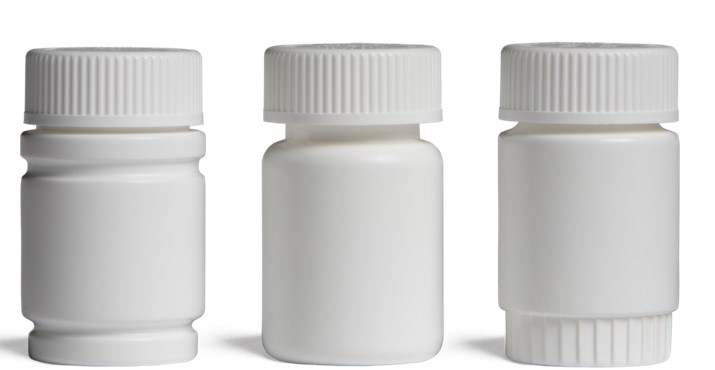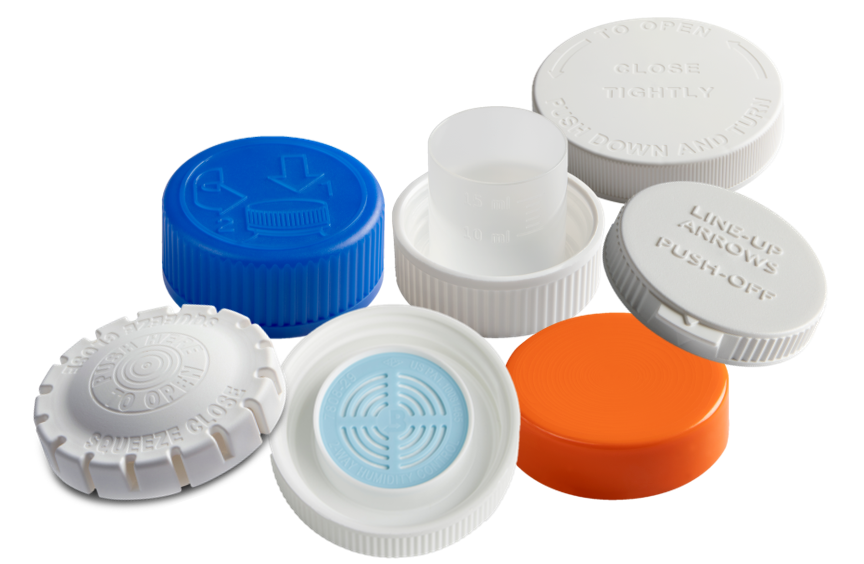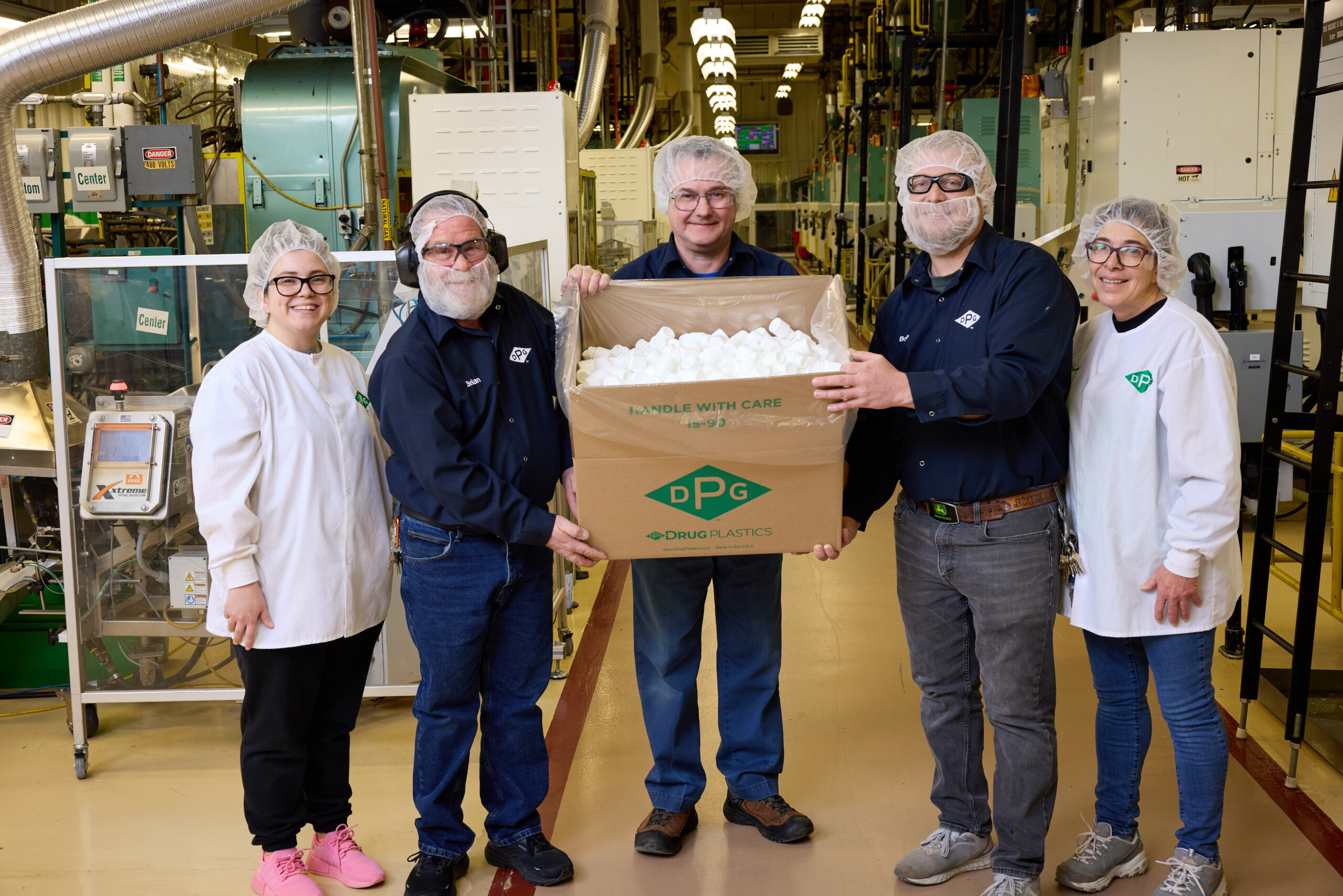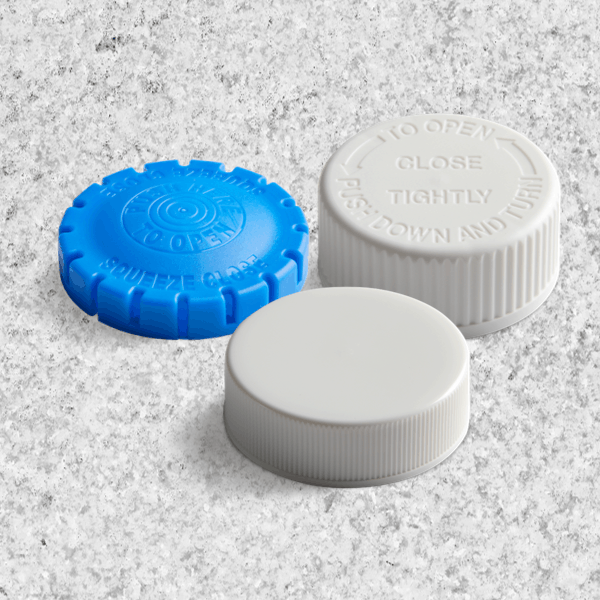When you utilize plastic product packaging, knowing how to store the bottles and closures before filling will protect you, your product, and your customers.
Storage conditions such as time, temperature, and humidity can effect unlined polypropylene (PP) closures. Exposure and age can also affect shrinkage and impact properties of the closure. Check out these tips for proper storage before using PP unlined closures and learn how to store them correctly.
Storage Time
The storage time of unlined closures should be minimized. A strict first-in-first-out inventory should be maintained. Many end-users will re-approve closures after two or three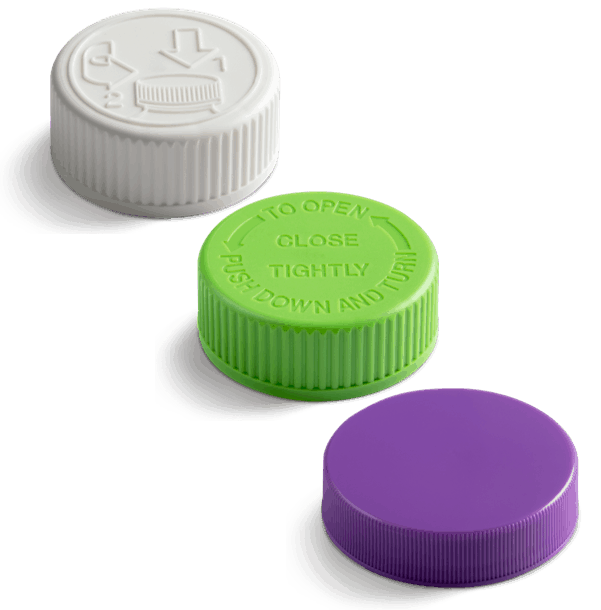 years of storage.
years of storage.
Storage Temperature
Elevated storage temperatures allow unlined polypropylene closures to shrink further. Harsh conditions can cause severe distortion. The degree of distortion and shrinkage depends on the closure design and storage conditions. High storage temperatures also accelerate the aging process of the closure. Moderate storage temperatures should be provided to ensure consistent closure dimensions and properties. PP unlined closures can withstand temperatures of 110°F for brief periods.
Storage Humidity
Although humidity itself will not degrade the unlined closure, a humid environment can have a direct impact on the secondary packaging, such as cardboard cartons. The use of stretch wrap and/or controlling warehouse conditions will help alleviate secondary packaging problems.
Surface Contamination
PP unlined closures should be kept as clean as possible. It is best to store them in originally sealed cartons.
If you have any questions on storage instructions and recommendations, call us at 610-367-5000.
Please note that the above conditions apply to unlined closures. For lined closures, please refer to the Liner Manufactures Storage and Handling Conditions. The information and recommendations in this article are believed to be correct. However, no guarantee or warranty of any kind, express or implied, is made as to such information contained herein, including any warranty of fitness or merchantability, and Drug Plastics assumes no responsibilities for the results of use of the information described herein.
